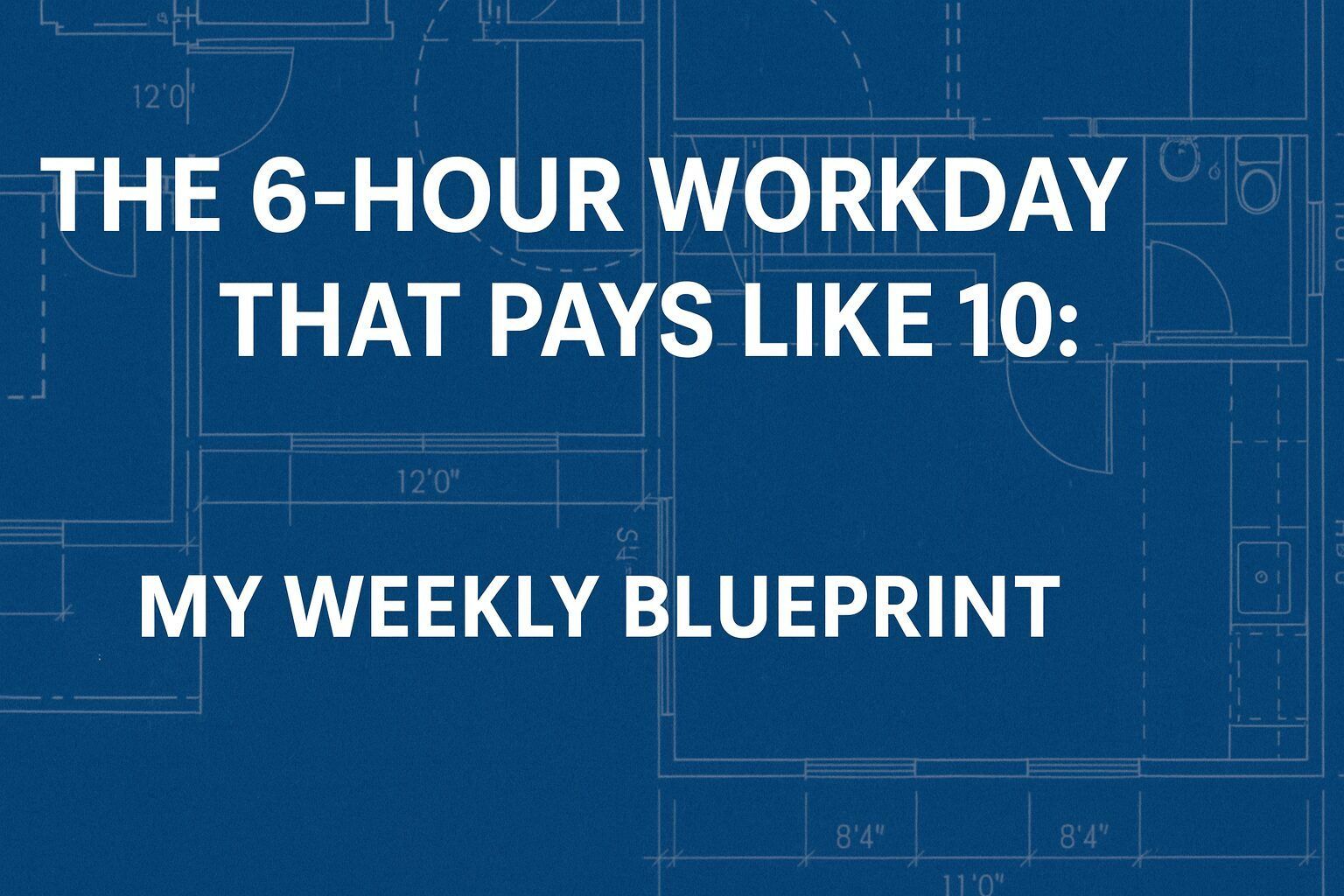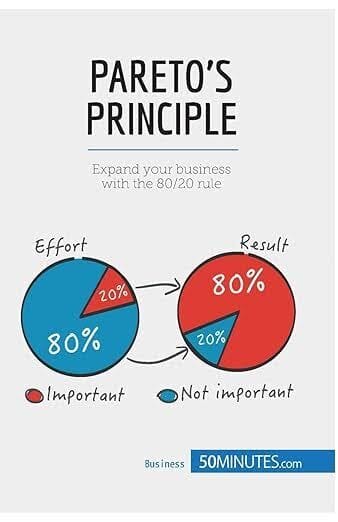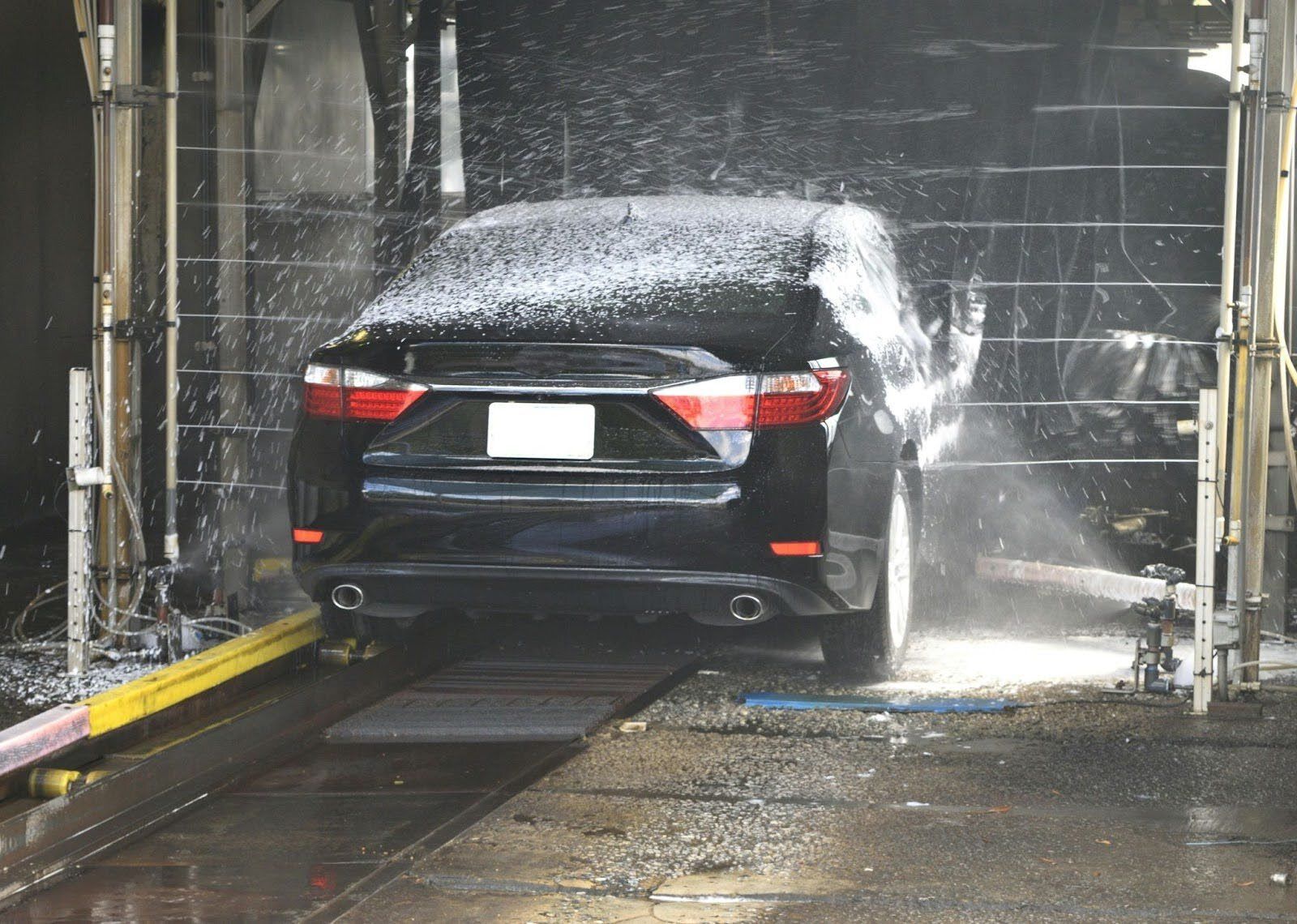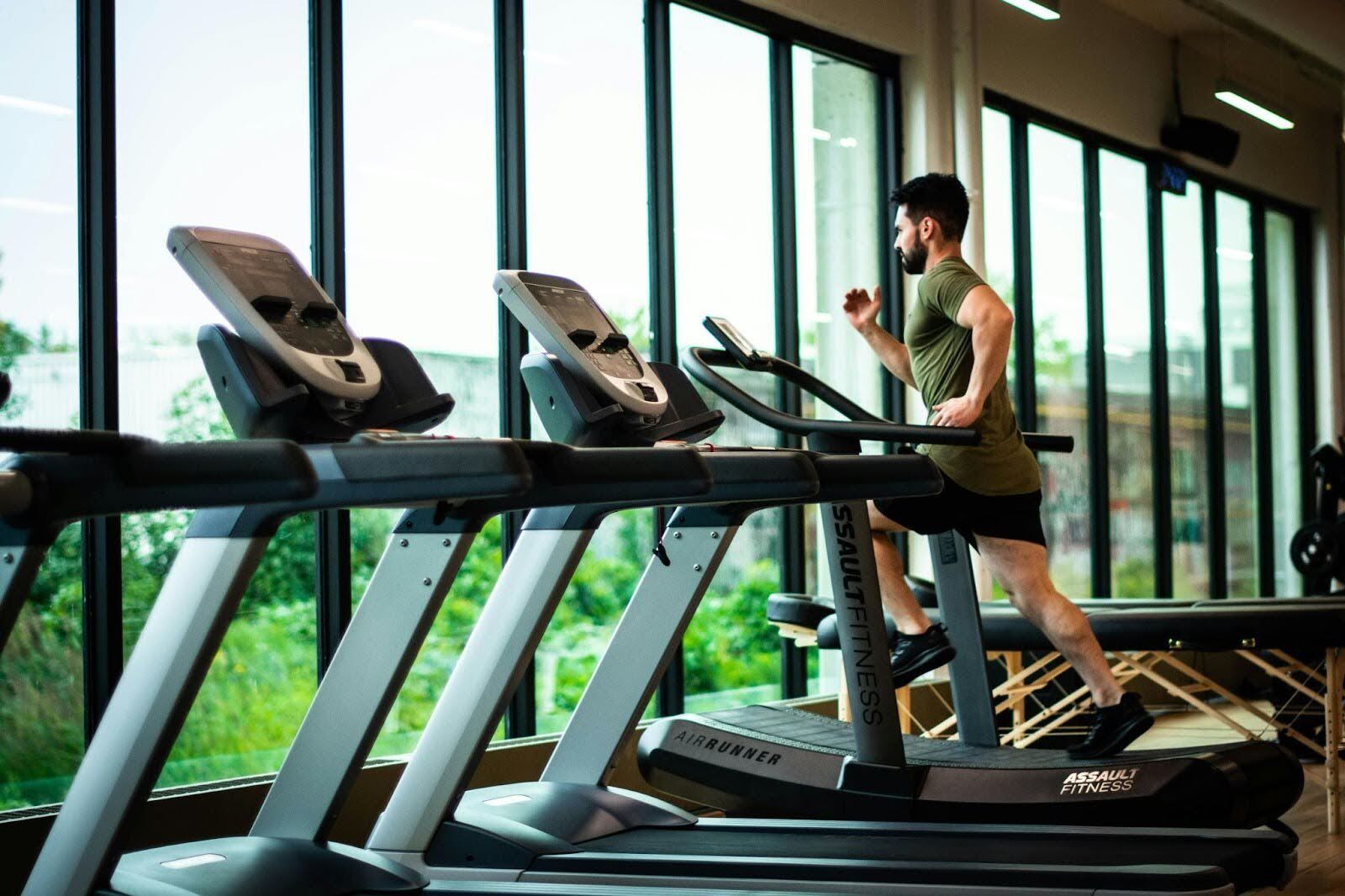- The Rideshare Guy
- Posts
- The 6-Hour Workday That Pays Like 10
The 6-Hour Workday That Pays Like 10
🚗💸 Save While You Drive with Ibotta
Gas, snacks, groceries—your daily driving expenses add up fast. With Ibotta, you’ll earn real cash back on the things you already buy.
Get a $5 bonus when you sign up with our code YRUQMTU

The 6-Hour Workday That Pays Like 10: My Weekly Blueprint
— By Jay Cradeur —

Everywhere you turn, drivers are bragging about their 12-hour shifts and 300-mile days, as if exhaustion were a badge of honor.
That was me from 2016 to 2020. I worked my ass off. I worked tired. I worked exhausted. The idea that more time behind the wheel equals more money is so deeply ingrained in the rideshare mindset that suggesting otherwise sounds like heresy.
But I’m going to do it anyway. Because I’ve been at this for over a decade, and I’ve learned that the drivers who earn the most per hour are not necessarily the ones who grind the hardest; they’re the ones who think, plan, and execute.
I average $200 in six hours, any day of the week. No games. No gimmicks. Just structure, discipline, and attention to detail. The real flex isn’t doing 50 rides in a day. It’s doing 12 rides and walking away with the same cash and a clear head.
The difference? I treat this job like an opportunity, not a hustle.
I manage my energy as fiercely as my time. I work when the money’s flowing, and I rest when it’s not. Here’s how I do it and how you can, too.

6 Steps to a 6-Hour Work Day
Over the past ten years, and with more than 32,000 rides, I’ve tracked my patterns, tweaked my approach, and built what I now call my “blueprint.” It’s not theoretical. It’s tested. And it works across different markets, though you’ll need to adjust for your local rhythm.
This approach is rooted in the 80/20 rule, also known as the Pareto Principle. In almost any field, 20% of your actions drive 80% of your results. Rideshare is no different. Most drivers waste time chasing crumbs instead of stacking wins.
But if you focus your energy on the few critical things that move the needle, your most profitable hours, your most rewarding zones, and the habits that keep you sharp, your hourly rate will rise. Your fatigue will drop. And you’ll start to feel like a professional, not just a gig worker.
Here are the six things I focus on every week to keep my hours low and my income high.

1. Know Your Peak Windows
Every market has at least three golden time blocks, windows when demand surges, tips flow, and bonuses stack like pancakes.
For me, the best two-hour stretches happen between 4 a.m. and 9 a.m. That’s when the early birds are heading to the airport, nurses are finishing night shifts, and travelers are moving before the city wakes up. There’s no traffic, no competition, and most importantly, no nonsense.
Your windows might be different. Maybe it’s Friday nights near the bars or weekend afternoons around the shopping centers.
But the key is to identify your prime time and make it sacred.
Don’t run errands during it. Don’t take calls. Don’t multitask. This is your money time, treat it that way.
2. Zone Discipline
You can’t control who requests a ride.
But you can control where you are when they do. Early in my career, I made the classic mistake of chasing surge zones across the map like a dog chasing a squirrel. I’d burn gas and time just trying to get close to where the action was, only to find it dried up by the time I arrived.
Now I do the opposite. I stay planted in proven hotspots, such as near the casino at 4 a.m., outside the convention center at 7:30, and hovering by the Amazon warehouse around shift change. These aren’t secrets. They’re patterns. However, you must pay attention and be patient.
The money doesn’t always come immediately, but when it does, it’s predictable. You stack short, efficient rides one after another. You pick up regulars. You start to build a rhythm. Don’t wander. Stay where the riders are.

3. Prep Like a Pro
Your first impression starts before the passenger even opens the door.
Every shift, I begin with the same routine:
A hot shower to wake up, followed by a cold shower to energize.
A clean shirt, my driving shoes, and a faint scent of Bleu de Chanel layered over a car that smells like fresh Ozium and hard-earned professionalism.
My custom Yeti is filled with cold brew.
My gas tank is full.
My windshield and windows are spotless.
Why the ritual? Because how you show up affects how people respond to you.
If you look like a professional and act like a professional, you’ll be treated like one. You’ll get more respect. More compliments. And more tips.
The prep isn’t just about hygiene, it’s about mindset. When I take those steps in the morning, I’m not just cleaning my car. I’m stepping into character. I’m reminding myself this is my business. And I’m here to run it well.
4. Don’t Take Every Ride
There’s a myth that says more rides equal more money. That’s not always true. Especially now, with the wide-ranging fares of upfront pricing, you have to be selective.
I have a simple rule: if a ride won’t pay at least $30 an hour, I don’t take it. Period. I don’t care if the request is two minutes away or if I’ve been waiting for ten. If it’s not worth my time, I pass.
The phrase I say to myself is simple: “Do not accept shyte.” (Shyte is an expression I picked up watching the movie Braveheart. If you know, you know.)
This isn’t arrogance, it’s math. Taking low-paying rides can lower your average, burn your gas, and drain your energy. Be choosy. Say no. Wait for the right ones. Because every ride you accept is an investment of your time, make sure it pays.

5. Focus on Tips
You’ve heard this one before, but most drivers still miss the point. Tips don’t come from having water bottles or mints. They come from attention. From listening. From connection. And with Trump’s new tax law removing tax on tips, tips become even more valuable!
When a passenger gets into my car, I see it as a performance. I read the mood. Some people want silence. Others want conversation. Some want to vent. Others want to laugh. My job is to meet them where they are and elevate the experience.
I’ve earned $20 tips on $8 rides because I asked one good question and listened like I meant it. According to Gridwise, the average tip rate across major markets is about 10–12%. I aim for 20%. Not because I’m greedy, but because I show up ready to serve. And riders feel that.

6. Build in Recovery
This is the part most drivers skip. We overextend. We chase bonuses. We stay up late and rise too early. And then we wonder why our numbers drop or why we feel fried.
If you want to make a great deal of money in six hours, you need to be sharp. Rested. Clear-headed. That means respecting your limits. I track my sleep with an Oura ring. I know when I’m rested and when I’m not.
And if I’m not? I don’t drive. Period.
Driving while tired is not only dangerous but also unproductive. Your reaction time drops. Your mood slips. You miss turns. You forget to engage with riders. All of that translates to lower ratings, fewer tips, and higher stress. Recovery isn’t a luxury; it’s a performance enhancer.

Key Takeaways
The secret to earning more as a driver isn’t grinding more hours; it’s crafting a more innovative approach.
Treat this job like a business. Build your schedule around high-return time blocks. Learn your zones. Prepare like a professional. Decline garbage rides. Focus on tips. And don’t neglect your recovery.
Six hours is all you need if you make every minute count. The road is full of people coasting through long, inefficient days. Be different. Be deliberate. And earn your time back.
Be safe out there.
Make sure you Subscribe to our blog, podcast, and YouTube channel for the latest discussion, news, strategies, and tips for rideshare and delivery drivers!

Did someone forward you this newsletter? Subscribe now for free so you never miss an update…
Never miss a Rideshare Guy update…